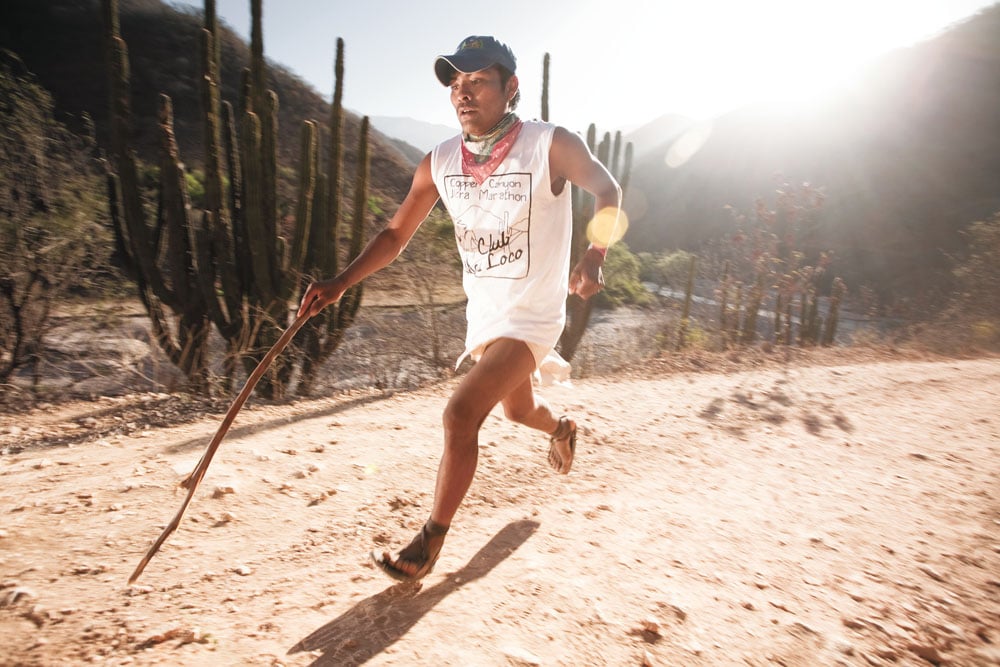This post goes out to all you new physical therapy graduates. I hope this advice will help guide you on your professional journey. I have been incredibly fortunate when it comes to my experiences and mentors over the years so this is a simple way to give back. Below is a list, in no particular order, of what has helped me and I am confident will help you reach your goals in the wonderful world of physical therapy. Drum roll please…
1. KNOW THY PATIENT – Arguably the most important factor when it comes to helping patients in the clinic is how well you know the person you are providing care for. Collecting a thorough and accurate history as well as knowing what each individual patient exposes their body to on a daily basis is critical. I’m talking about everything ranging from vocational demands to exercise habits to donning a tshirt to drinking a glass of water to picking one’s nose to sexual positions.
2. SPEND TIME WITH A MASTER CLINICIAN – Before I even started physical therapy school, I worked in Dr. Lynn Snyder-Mackler’s lab at the University of Delaware and gained exposure to how she conducted her clinical examinations and research data collections. Let’s just say that I was spoiled. After completing PT school, I then had the good fortune of working at the Nicholas Institute of Sports Medicine and Athletic Trauma (NISMAT), where I fell under the tutelage of Dr. Malachy McHugh and the NISMAT staff. I am forever indebted to these indviduals as they have shaped me as a clinician and researcher and I hope you have the same opportunities.
3. DEVELOP YOUR MANUAL SKILLS – Nowadays, there is a huge emphasis on good manual skills and this should come as no surprise. All of the top notch clinicians that I know and respect possess exceptional manual skills. In particular, I would encourage you to become an expert in treating myofascial trigger points as well as owning joint mobilization and spinal manipulation. Once you become savvy in these areas, watch the referrals roll in. If you are looking to learn spinal manipulation and live in the NYC area, feel free to reach out to me as well. You can also attend a seminar that Luke Bongiorno and I teach that will get you competent in resolving trigger points and performing sound mobilization/manipulation.
4. STAY CURRENT WITH THE RESEARCH – Everything in medicine comes with a date. Let’s not forget that we used to cast people after ACL reconstruction and the arthroscope was considered the “tool of the devil.” Staying up to date with the medical literature is therefore critical and has never been easier. If you don’t have the financial means to subscribe to medical journals, at least follow various PT websites and blogs. For example,
Mike Reinold runs a great blog that serves to provide the reader with current information and allows you to interact with other PTs and allied health professionals.
Bruce Wilk also has some great articles on his website that I would encourage you to read, especially if you take care of endurance athletes. I try to give people free information on
my personal website too that I hope you take the time to check out. Let’s not forget about The PT Project too people!
5. MOVEMENT, POSTURE, & STRUCTURE – This quote by Thomas Meyers says it all… “Movement becomes habit, which becomes posture, which becomes structure.”
6. PERFORM THE EXERCISES YOU PRESCRIBE – One of the biggest pitfalls that I see in our profession is that PTs often fail to perform the exercises that they prescribe. By performing the exercises, you will become more acquainted with the details associated with each exercise as well as common mistakes that can be made. It will also help you provide a better model of performance and allow you to more clearly explain the exercise.
7. INTERACT WITH FOLKS OUTSIDE OF THE PT WORLD – I have spent time with massage therapists, chiropractors, strength and conditioning coaches, skateboarders, yogis, break dancers, martial artists, etc. I must admit that I have learned just as much if not more from these individuals about movement and performance than I would have ever thought possible.
8. KEEP A PT JOURNAL – Keeping a PT journal is one of the most important things I do in an attempt to sharpen my clinical thoughts and reasoning. Some examples of the things I jot down in this journal are patterns that I observe in various patient populations, mistakes that I have made, or exercise progressions that come to mind. Reflecting on your time in the clinic is critical!
9. CALL YOUR PATIENTS – “People don’t care how much you know until they know how much you care.” Nothing will compliment your work in the clinic more than a simple phone call to your patients. I have never had a patient get upset by me calling them. In most cases, they were thrilled (maybe that’s pushing it) to hear my voice when they were having a stressful day. It will also serve to remind them to stay consistent with their work/home exercise program outside of the clinic.
10. SHADOW AN ORTHOPEDIC SURGEON – I had the amazing experience of spending nearly 10,000 hours shadowing Dr. Michael J. Axe of First State Orthopedics as part of a graduate assistantship that I was awarded during PT school. This experience was beyond awesome. It specifically helped me understand the patient perspective and also served to bridge communication between patient, doctor, and therapist. This was particularly valuable in the case of post surgical rehabilitation. And don’t let orthopedic surgeons intimidate you because after all, we are all human!
Wishing you a career of good fortune and longevity.
Chris Johnson








